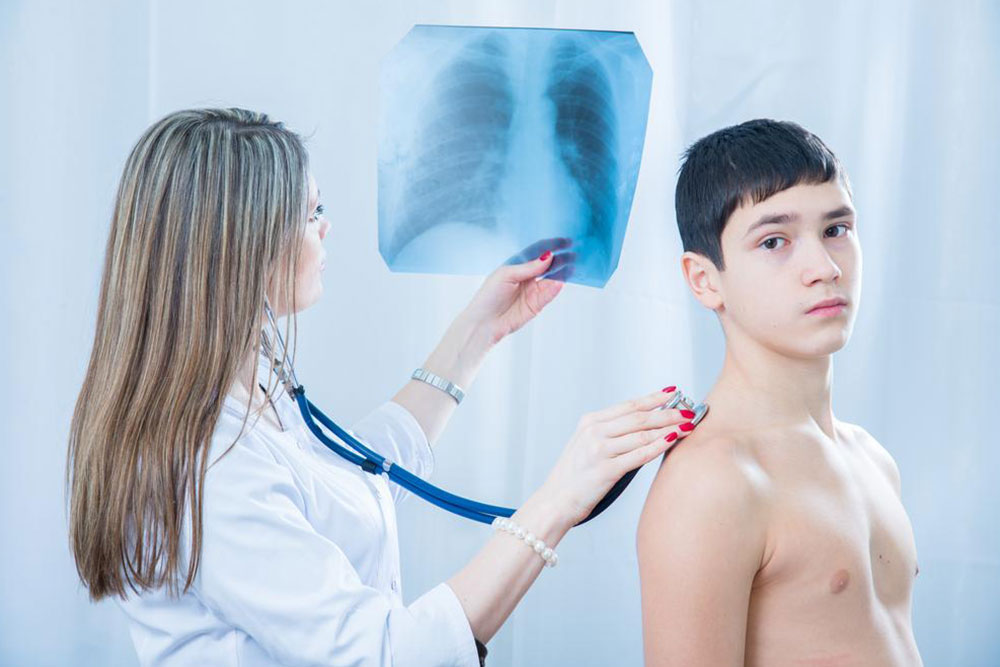Understanding Pneumonia: Causes, Symptoms, And Prevention Strategies
This article offers a comprehensive overview of pneumonia, covering its causes, symptoms, types, and prevention strategies. It emphasizes the importance of awareness and health practices to reduce risks, especially during winter months when such infections are more prevalent. From bacterial, viral, to fungal causes, readers will learn how pneumonia manifests and how to protect themselves effectively by vaccination, hygiene, and lifestyle choices.

Understanding Pneumonia: Causes, Symptoms, And Prevention Strategies
Understanding pneumonia: causes, signs, and prevention
As winter approaches, concerns about catching colds, coughs, flu, and pneumonia tend to rise. While these illnesses can occur any time, their prevalence in colder months increases. Knowledge is key to prevention, so here’s essential information about pneumonia, including its types, causes, symptoms, and protective measures.
What is pneumonia?
Pneumonia is an infection that causes inflammation in the air sacs of one or both lungs. It can range from mild discomfort to severe, life-threatening illness, especially dangerous for infants and young children.
Individuals with weakened immune defenses, existing health issues, or those over age 65 are more vulnerable to pneumonia. Depending on severity and type, the infection can cause filling of the air sacs with pus or fluid, leading to pain and breathing difficulties.
What triggers pneumonia?
Pneumonia is typically caused by germs such as bacteria and viruses present in the environment. Normally, a strong immune system wards off these pathogens, but when immunity is compromised, infections develop.
Chronic illnesses like heart disease, cancer, asthma, or diabetes can also increase susceptibility. Types of pneumonia include bacterial, viral, fungal, and atypical forms, each linked to specific germs. For instance, bacterial pneumonia often results from Streptococcus pneumoniae, while viral pneumonia stems from respiratory viruses mainly affecting the young and elderly.
Mycoplasma pneumonia, caused by atypical organisms, tends to cause mild symptoms in older children and young adults. Fungal pneumonia, inherited from environmental exposure to fungi in soil or bird droppings, affects individuals inhaling large amounts of these fungi. Pneumocystis jirovecii pneumonia (PCP) is a serious fungal infection primarily seen in severely immunocompromised individuals.
Pneumonia is also classified based on where it is acquired:
Community-Acquired Pneumonia (CAP): Contracted outside healthcare settings, often after viral infections like the flu. It’s the most common form, especially prevalent in winter, often requiring hospitalization.
Hospital-Acquired Pneumonia (HAP): Develops in hospitalized or healthcare-visited patients, often more severe and caused by resistant germs.
Healthcare-Associated Pneumonia: Contracted in outpatient clinics, dialysis centers, or nursing homes.
Recognizing Symptoms
Symptoms vary from mild to severe, influenced by age, health status, and infection type. Common signs include:
Chest pain during breathing or coughing
Mental confusion in seniors over 65
Cough with or without phlegm
Fatigue and weakness
Fever, chills, sweating
Low body temperature
Nausea, vomiting, diarrhea
Difficulty breathing
Mild cases mimic flu or cold symptoms but last longer. Infants may show irritability, vomiting, difficulty feeding, or respiratory distress.
Is pneumonia contagious?
Pneumonia itself isn’t contagious, but the germs causing it are. These pathogens spread via coughs or sneezes, inhaled by others, leading to infections.
Preventive Measures
Prevention is critical. Vaccination against pneumonia, good hygiene practices, avoiding smoking, and maintaining a healthy lifestyle strengthen your defenses. Adequate sleep, balanced diet, and regular exercise support immunity.









